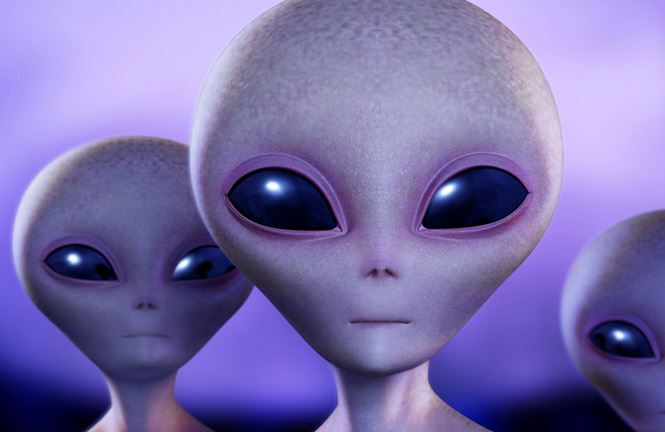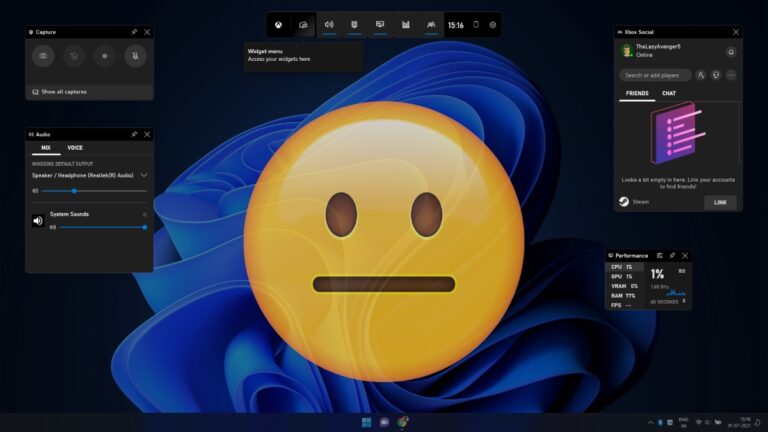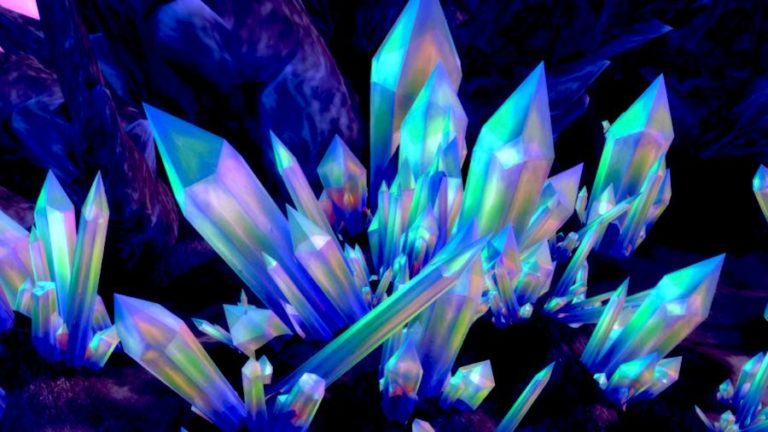Aliens in the Outer World? Ghost Particle May Have the Answers


Have you ever wondered about the various Hollywood movies that depict alien life? What would happen if all this was true, if alien life existed?
Researchers at the University of Buckingham Centre for Astrobiology have discovered a particle that they call a ‘living balloon’, which they thought once used to carry microscopic alien organisms. They proclaimed it as the latest proof of the existence of alien life.
The Ghost Particle discovery has been made by Professor Milton Wainwright and his team of researchers from the University of Sheffield. He works at the University’s department of Molecular Biology and Biotechnology. This particle was reportedly obtained from “dust and particulate matter” found in the stratosphere, the atmospheric layer between troposphere and the mesosphere of the earth.
They sent a balloon 27km above the earth’s atmosphere to collect debris from space where they stumbled upon this Ghost Particle. The particle is biological in nature, and made up of carbon and oxygen and has never been sighted before. It is expected that the discovery of the particle could unfold the mystery of existence of aliens.
Interestingly, it is termed “Ghost Particle” because of its wisplike appearance when seen under a microscope. Professor Wainwright explained that the particle comes in “width of human hair” and resembles a “chiffon scarf with a ghostly appearance”.
He also speculates: “in its space environment, this Ghost Particle is a living balloon which an alien microscopic organism might inflate with lighter than air gasses allowing it to float in the air or the seas of an unknown space environment”.
Wainwright moreover, came up with the conclusion that the particle which looked more like a collapsed balloon, however, in its initial state is probably inflated.
He added that is amazing to note that Ghost Particles appear on the sampling stubs in an absolutely pristine condition with no contamination like pollen, grass or pollution particles. They even produce tiny dents called impact craters when they land on the sampler, so there is almost no doubt of their space of origin.
Prior to the groundbreaking discovery of “ghost particle”, Professor Wainwright and his team had made another wonderful discovery of “dragon particle”.
Also Read: Stephen Hawking and Yuri Milner Spending $100 Millions To Search Aliens: Breakthrough Listen
For more updates and interesting stories from fossBytes, subscribe to our newsletter. [newsletter_signup_form id=1]






